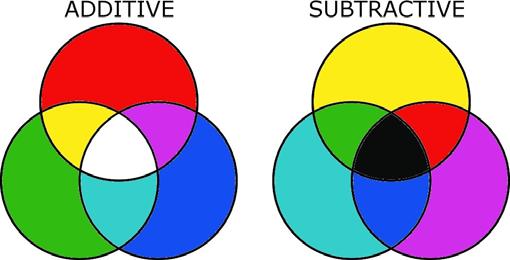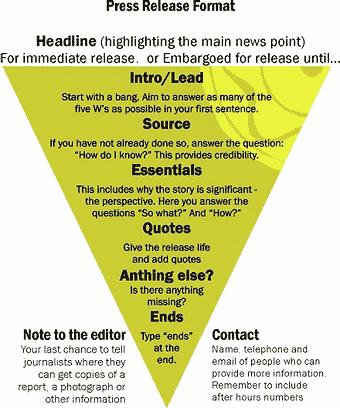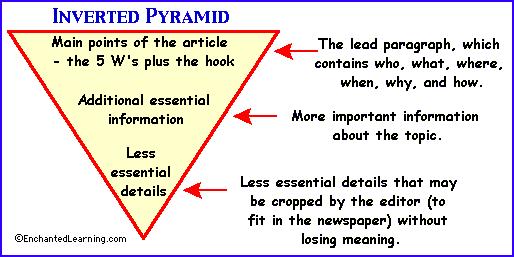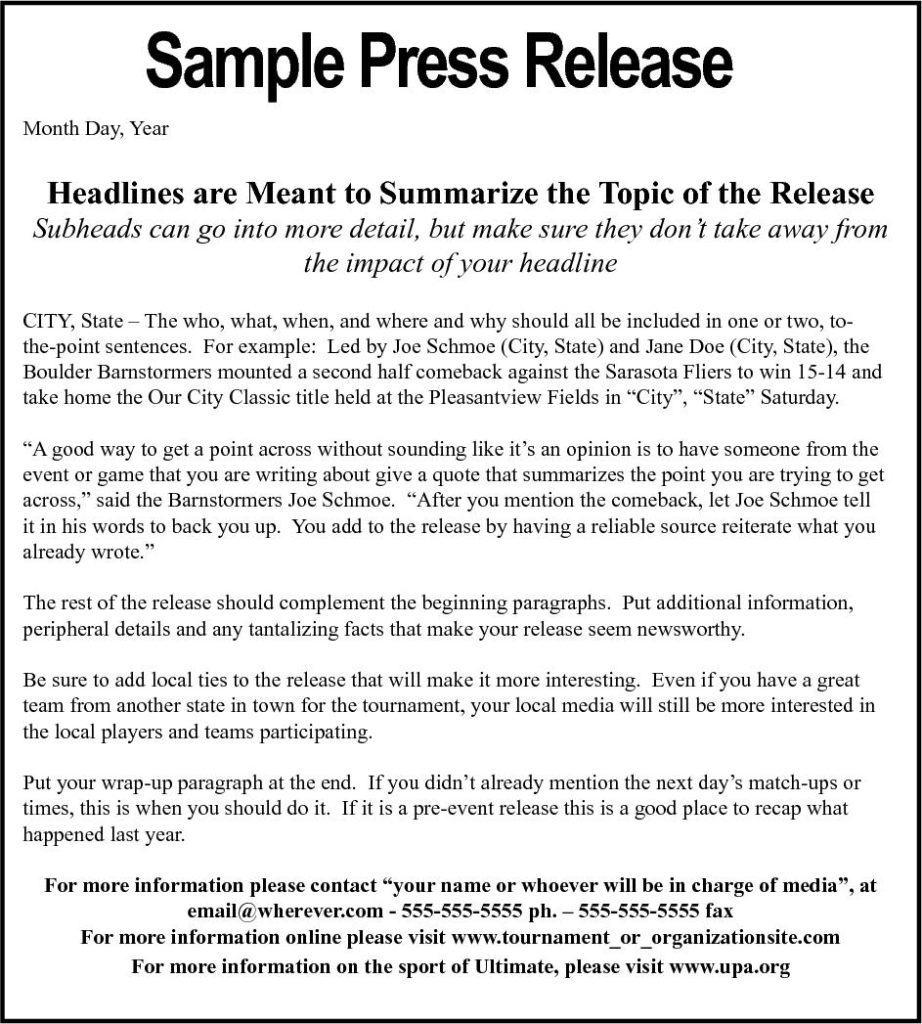Writing
Writing comes first because it is the ordering art of so many other arts.
In politics, writing is indispensable. Most of our cadres need to be able to write. By being able to write is meant more than to be literate, just as being literate means more than to be able to read. We need writers in all languages.
But in this item, we are talking about writing in general.
The purpose of writing is to be understood. Political writing is better when it is shorter.
To compose your thoughts, use “Mind Maps”, as described in the attached text. To organise your research, follow the “Organic Study Guide” contained in the document, and similar advice.
Write in Prose. Prose is in paragraphs, and it has a beginning, middle and end. Prose does not rely on bullets, numbers, letters or other listing mechanisms.
A good way to start writing is to write in a way that is adapted from the way you speak. If you can make yourself understood in speech, then you should be able to make yourself as well understood with the same words on paper. Then you can improve. There is no requirement for you to be pompous. Simplicity is best.
Political writing is better when shorter. Nearly all kinds of writing are limited as to length. Therefore make a habit of watching the number of words in any piece of writing (your own, and whenever possible, other people’s.
On the next section is a rough indication of the kinds of length required for different kinds of writing. From this chart it can be seen that each succeeding kind of project can be built up by repeating elements like the preceding, smaller ones. Writing is modular, like bricklaying. The modules are small. Short sentences and short paragraphs are best in political writing, and in journalism. If you can write a sentence, then you can write a book.
Item Length (+/‐)
Sentence
Paragraph
Letter to the Editor
Press Release/Newspaper Report
Article (“op ed” or “feature”)
Speech (100 words per minute)
Essay
Chapter of a book
Book of ten chapters
10 words
50 words
300 words
300 words
750 words
1 500 words
2 500 words
5 000 words
50 000 words
Reading goes with writing. Both are habits. Keep reading, and keep writing, like breathing in and breathing out. Try to write for people. Any readers are good readers. Even a small amount of feedback is extremely instructive.
Lenin described himself as a writer. Lenin’s style became clearer and clearer and he became more experienced. Lenin’s style is a good model of shortness combined with clarity.
Writing is a pleasure. The Chilean communist writer Volodia Teitelboim used to say that writing was the easiest way he knew of being happy.

Additive and Subtractive
Editing
All writing is edited. If it was not, it could not be constrained to fit the space available, which is always limited. The time that readers have for reading, is also limited.
Editing is done in all sorts of ways.
Usually it means, in the first place, selection. Editors pick, from a very wide field, a much smaller, limited amount of material. The criteria for selection may be political, or some other quality, like a special interest of a group of readers, or a sectional appeal such as to women, youth, educators.
Editing can also mean removal of excess and repetition from a text. This is often referred to a “redaction”, from the French word for “editor”, which is “redacteur”. Redaction that takes out whole passages, paragraphs and sentences is a quick way to reduce length. The Guardian newspaper is a product of editing. It has been constructed by a combined process of selection and redaction; while the openings to discussion of the short texts, are equivalent to the “Editorials” in a newspaper, which are the editor’s own voice.
Sub‐editing
Sub‐editing is also called (in USA English) copy‐editing. Sub‐editing is the writing of articles as they are going to be printed, as opposed to reporting, which is the gathering of stories. Reporters may sub‐edit their own material to an extent, but the sub‐editor is the one who must adjust the material to fit the space available.
Sub‐editors are the real writers of newspapers. Their techniques are the best.
Length per Page
This varies widely and is affected by all other variables. In a broadsheet newspaper page there can be thousands of words on one page. On a booklet page there might be 300 words. On an A4 page there may be as many as 500, or in a print‐magazine page with graphics and in columns, more than 600 words.
Headlines
Headlines in newspapers and magazines are added by sub‐editors, and not by the writers of articles. Headlines need to be short, so that they can be fat.
Sub‐headings, like the ones used on this page, help to break up slabs of text and make it easier to read.
Web sites
Web sites are not limited in the way that hard‐copy printed material is limited. Hence the natural discipline of the print medium is not felt, with the result that there is enormous length used sometimes on the Internet, which is never likely to be read. Hence attention to word‐count is very important when writing and editing for the Internet or e‐mail.
Illustration
An illustration that would express the nature of subtraction might be one of stone‐carving, where the waste or surplus is chiselled away so as to reduce and shape the initial block down to what is wanted. Addition could be illustrated by an image of
bricklaying, or of “3D Printing”. But suitable images were hard to find, so we have used the illustration of Additive and Subtractive colour.

Press releases
A press release (media release) is a pre‐written story, given by an interested party to a journalist for the journalist to publish. These press releases, nowadays, go out by e‐mail.
If you define it like that, then everything else about a press release will follow logically. Everything is done in a way that is designed to save the journalist work, and time.
The press release must be short. It should not be longer than the space that the newspaper or radio programme will have available. This is because anything that is longer will have to be cut, and cutting down a text is work, that takes time. The journalists don’t have any spare time.
The press release must be written in a style that is usable, or easily adjustable for use, in a newspaper or a radio bulletin. This means short sentences.

The press release should be on one topic only. For another topic, send another press release. If it is not possible to do this (e.g. after an executive meeting covering many topics), the press release should be clearly divided, with sub‐headings.
The press release must be immediately verifiable. This means that the journalist must be able to confirm, usually by telephone, that you are the source of the press release. If the journalist cannot do this, then the story will be dropped at once.
At the bottom of your press release you should put “Issued by:” and follow that with the organisation that is issuing the statement.
Immediately after that, you should put “Contact:” and follow it with your name and mobile phone number. You can also put your land‐line number and e‐mail address, and all details including your physical whereabouts; but the cell number is the crucial one.
Logo and Date
If you have a logo, use it at the top and centre. Under it, you can put the name of the organisation in text, even if it is clear in the logo. The reason is that your
recipient’s system may strip off the logo and leave only text. Put the date there at the top, as well.
A Good “Subject” line
Your message needs a good “Subject” line. This is not exactly like a newspaper headline, but it must tell the journalist plainly what the statement is about. It goes in the “Subject” field of the e‐mail, and it goes above the text of the message. Shorter is better.
Some people like to make a quotation that the journalist can use, like, say:
President Castro said: “The National Development Plan will help us to work together.” The words in quotation marks are supposed to be the original words of the person, which the journalist can then use in the article. This point is made in the graphic below. By the way, there is no shortage of advice on press releases on the Internet.

What is also possible to do, but is hardly ever done, is to record a quotation, or a portion of a speech, and attach it to your press release as a sound file. This will help with radio, especially.
But as a rule, don’t use attachments when sending out press releases. Paste your text in the body of the message.
Press Releases as a news medium
Where there is a reception for it, your press release can go, and it is better for you that your full original message is read by those you wish to reach, as opposed to the edited one with contradictory statements added, that the newspaper may actually print.
For this reason, in Australia, it has become normal to send press releases out as widely as possible. Press releases have the potential to by‐pass the newspaper and broadcast media to a significant extent, and so to become a medium themselves.
Distribution list
E‐mail distribution lists can be Google or Yahoo Groups, or they can be your own home‐made list‐serve, but you need them to be sending e‐mail to addresses that are in use and not defunct.
E‐mail that goes direct is what you want, and not a system that sends a message just to say there is a message. You want your message to appear in the in‐box of your recipient, in such a way that the recipient can read the “Subject” line, and maybe the first few words of the message. You want it to be that if the journalist clicks on the message, he or she will immediately get the message, open, in full.
Distribution lists require a lot of maintenance. You need to be adding subscribers all the time. This is labour‐intensive work. Therefore think twice before opening too many such lists.
On the other hand, get yourself on to as many as possible of other people’s lists so as to read their media releases, contrast and compare them with each other and with yours, and learn from how they do it.
Embargo?
Most people don’t bother with the “embargo” and “for immediate release” tags. Most of the time, they are superfluous. It is better to save “embargo” for the very occasional and rare times that it is really needed.